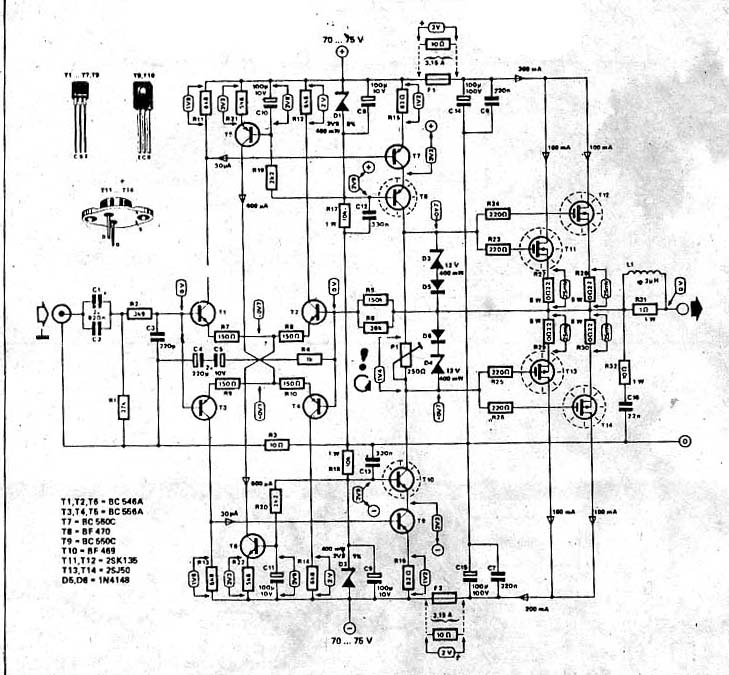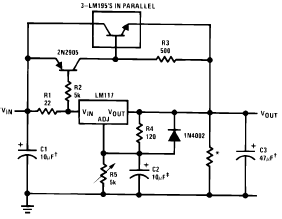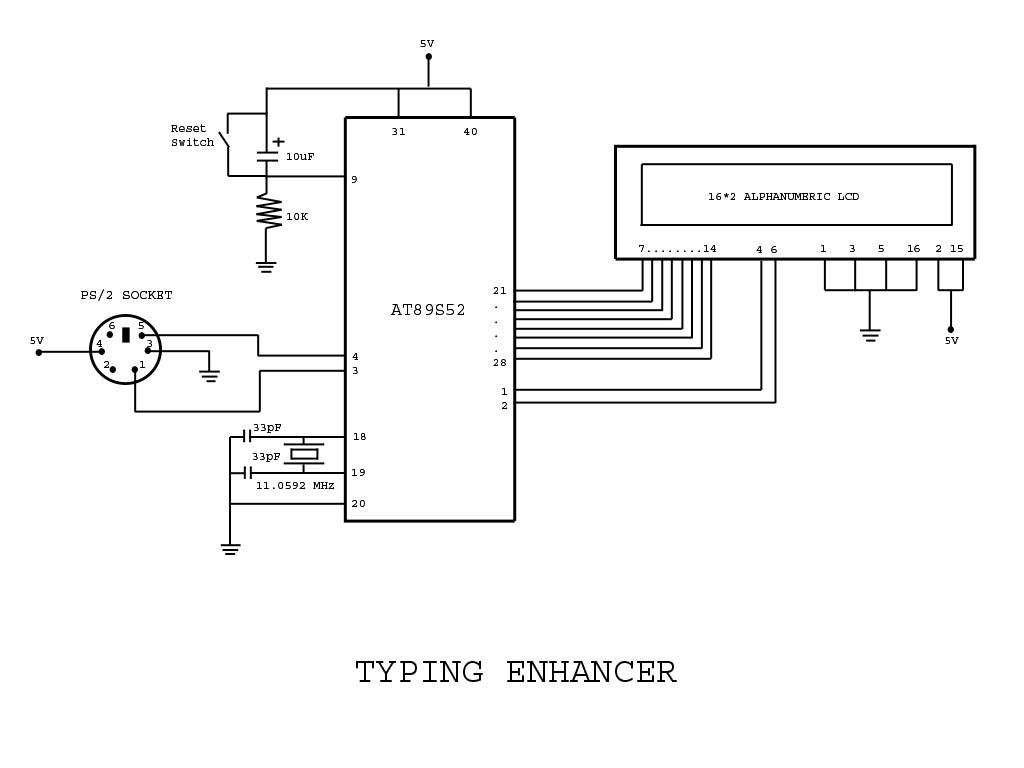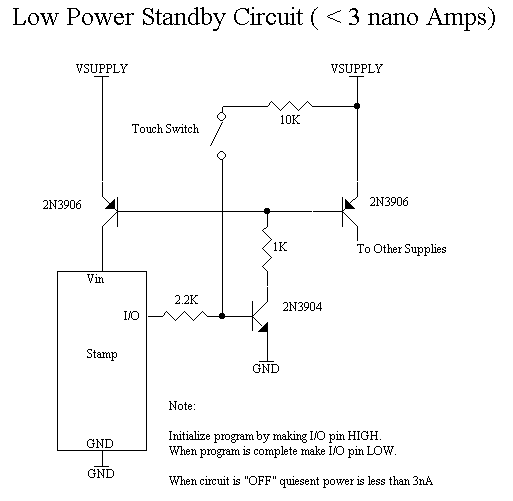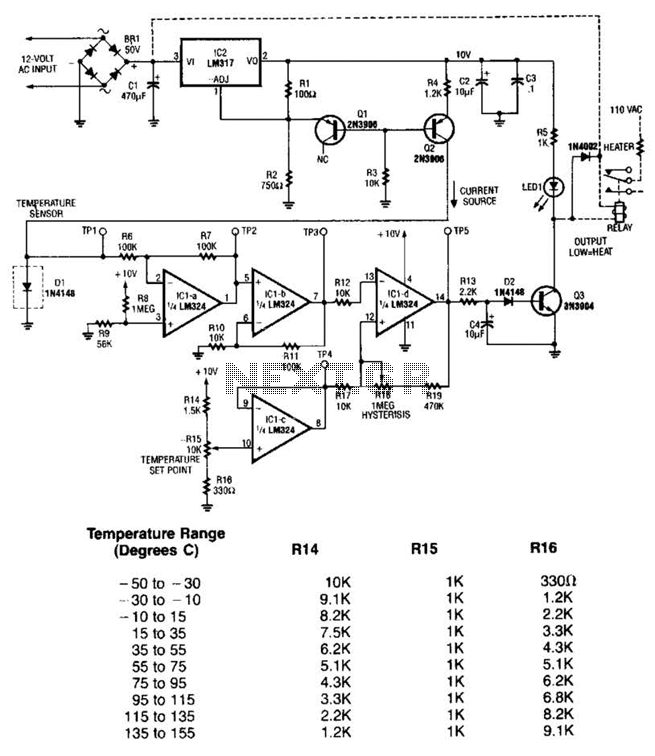
Triangle-Wave Generator Circuit
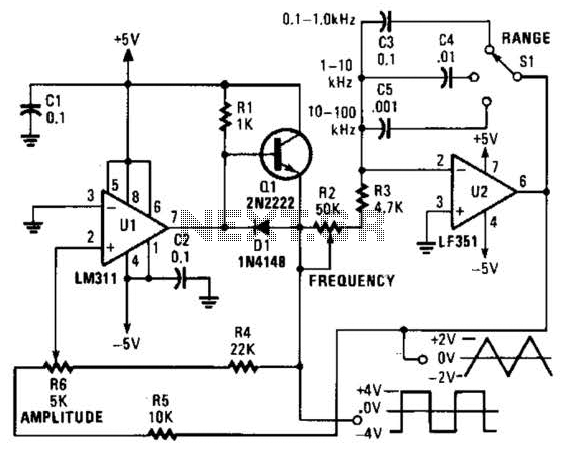
This is a simple triangle-wave generator utilizing two integrated circuit (IC) devices and a transistor. The triangle wave serves as feedback to the square-wave generator. It allows range switching across three intervals from 100 Hz to 100 kHz. Additional configurations may be employed to extend the frequency range to lower values by using larger capacitance components.
The circuit consists of two main sections: the triangle wave generator and the square wave generator. The triangle wave generator is typically built using an operational amplifier (op-amp) configured in a relaxation oscillator mode. This configuration produces a linear ramp up and down, creating the characteristic triangular waveform. The feedback loop is crucial, as it stabilizes the oscillation frequency and shapes the waveform.
The square wave generator can also be constructed using an op-amp or a dedicated timer IC, such as the 555 timer. In this arrangement, the triangle wave output serves as the input signal, allowing the square wave generator to produce a square wave that alternates between high and low states in synchrony with the triangle wave's rising and falling edges.
The range switching feature is implemented using a combination of resistors and capacitors, which can be selected via a switch or jumper configuration. This allows the user to choose between three frequency ranges: 100 Hz, 1 kHz, and 100 kHz. Each range corresponds to specific resistor-capacitor (RC) values that determine the oscillation frequency.
To extend the frequency range to lower values, larger capacitance values can be incorporated into the circuit. This adjustment increases the time constant of the RC network, resulting in a slower charging and discharging cycle, thereby lowering the frequency of the generated triangle wave. Care must be taken when selecting these components to ensure stability and performance across the desired frequency ranges.
In summary, this triangle-wave generator is a versatile circuit that can be adapted for various applications by modifying component values and configurations, providing a practical solution for generating precise waveform signals in electronic projects. This is a simple triangle-wave generator using two IC devices and a transistor. The triangle wave is used as feedback to the square-wave generator. SI allows range switching in three ranges from 100 Hz to 100 kHz. Extra positions could be used to extend the range-to lower frequencies, using larger values of capacitance.
The circuit consists of two main sections: the triangle wave generator and the square wave generator. The triangle wave generator is typically built using an operational amplifier (op-amp) configured in a relaxation oscillator mode. This configuration produces a linear ramp up and down, creating the characteristic triangular waveform. The feedback loop is crucial, as it stabilizes the oscillation frequency and shapes the waveform.
The square wave generator can also be constructed using an op-amp or a dedicated timer IC, such as the 555 timer. In this arrangement, the triangle wave output serves as the input signal, allowing the square wave generator to produce a square wave that alternates between high and low states in synchrony with the triangle wave's rising and falling edges.
The range switching feature is implemented using a combination of resistors and capacitors, which can be selected via a switch or jumper configuration. This allows the user to choose between three frequency ranges: 100 Hz, 1 kHz, and 100 kHz. Each range corresponds to specific resistor-capacitor (RC) values that determine the oscillation frequency.
To extend the frequency range to lower values, larger capacitance values can be incorporated into the circuit. This adjustment increases the time constant of the RC network, resulting in a slower charging and discharging cycle, thereby lowering the frequency of the generated triangle wave. Care must be taken when selecting these components to ensure stability and performance across the desired frequency ranges.
In summary, this triangle-wave generator is a versatile circuit that can be adapted for various applications by modifying component values and configurations, providing a practical solution for generating precise waveform signals in electronic projects. This is a simple triangle-wave generator using two IC devices and a transistor. The triangle wave is used as feedback to the square-wave generator. SI allows range switching in three ranges from 100 Hz to 100 kHz. Extra positions could be used to extend the range-to lower frequencies, using larger values of capacitance.
